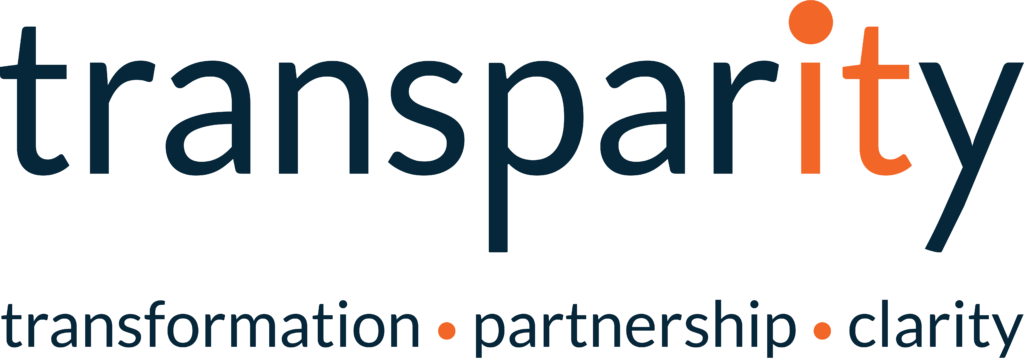- February 24, 2022
- Adam Hatton
- Modern Work
In the modern workplace, employee demands and requirements come in all shapes and sizes, from different environments and locations. So, it’s important that Microsoft Teams apps remain flexible and intelligent enough to adapt.
At the same time, they need to be intuitive and easy enough to use in a way that brings out their core features and functionality providing the benefits they’ve been designed to deliver to the people using them.
Successful Microsoft Teams apps showcase their best and unique attributes in an accessible and convenient format, while integrating effortlessly with the wider ecosystem.
Fortunately, the Microsoft Teams platform includes an impressive array of entry points and user interface (UI) elements, specifically constructed to help you bring your app to life in the most powerful way possible. Not only that, but it provides a springboard for you to collaborate with other apps and innovations, to make the most of your shared capabilities to benefit users, whoever and wherever they are.
Understand your objective – and your audience
With that in mind, when planning and designing new Microsoft Teams apps, it’s worth considering what kind of people will most likely be using them. Consider where they reside, which roles and responsibilities they’re involved with, what they need to accomplish at work, and how your app will best help them deliver all this. Once confirmed, it’s then a good idea to familiarise yourself with Microsoft Teams’ features and capabilities and to make sure it’s the best choice for your app.
Once all this is defined and agreed – you’re ready to start creating your app!
Creating your app
First, define the problem or need that the app will set out to solve, and how. As part of this process, consider how your users interact with Teams, and what they do with it during a typical working day. This will help you align your new app to fit in comfortably with their routine. It’s also important to think about potential data accessibility issues or challenges you may need to overcome, to ensure your app is readily available to everyone and delivers a seamless user experience across the board.
Although your app and its services will be directed at a specific group of people, it might be exposed to anyone using the internet. So, it’s critical to include any necessary security protocols and instructions to keep sensitive and confidential information safe and protected.
During the creation and development stages, make sure the UI of your app is simple for people to use and understand, as well as offering them a beneficial, enjoyable experience. It should also work the same way across any device or screen they use. Accessibility criteria apply here too, especially in creating a smooth, logical navigation process with clear signposting, and images and text which are clearly legible.
Take the time to test
Once your app is up and running, test it with a sample of relevant users to see how it performs in a real-world situation. There’s a suite of standard familiar collaboration tools which most Teams users are familiar with in their daily working lives. Channel and chat capabilities enable individuals and groups to discover and experiment with new apps as they arrive, within designated collaboration spaces. A helpful bot is also on hand to manage conversations and queries between team members, which supports fast learning and group working.
Based on the findings and feedback from this testing phase, you can ‘optimise’ your app by making any final adjustments, fine tuning or improvements that will help your users enjoy it even more. Of course, technology development never stops, so spend some time also thinking about a roadmap for further improvements in the weeks and months ahead, to keep enhancing your app long-term.
Microsoft Teams remains an ideal platform for worker collaboration and productivity in the modern world of work. New apps and technologies will continue to drive these capabilities forward, thanks to the intelligence and efforts of people like you.
To find out more about how Transparity can help you experience a smarter, more convenient way of working using the power of Microsoft Teams, click below to book a discovery call.




